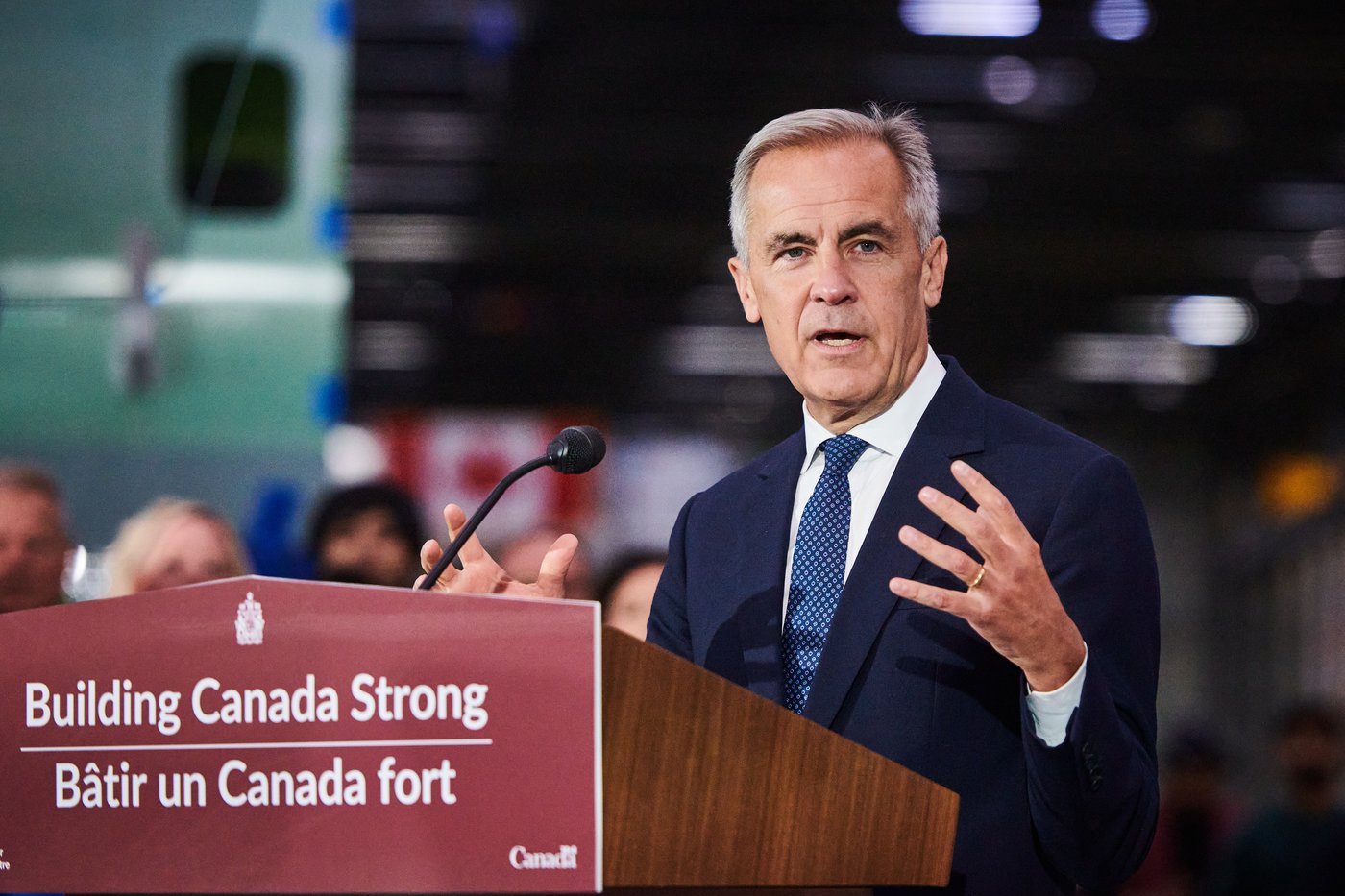These kids learn from the forest, as their teacher aims to weave climate education into more lessons

Whether it’s the horsetail found in the nearby forest or changing polar bear habitats, Grade 4 student Nora Gemmiti has enjoyed the climate-related lessons she’s been learning at school.
“You’re learning something new and then you know how to take care of this world in a better way,” said the nine-year-old student in Millbrook, Ont., east of Toronto.
“This is helping me respect the Earth more because when you learn about plants or animals … close to being extinct, then you can learn how to change that or do different things to stop it.”
Elementary teacher Wilma Armstrong spearheaded these new lessons for her school, inspired by a recent professional development course on climate education.
“There’s just so much misunderstanding about climate change and children have so many questions. It gave me confidence to find a way in,” said the 20-year teaching veteran.
A new initiative led by Lakehead University and the University of Toronto’s Ontario Institute for Studies in Education is supporting Canadian teachers interested in incorporating climate education into their classrooms, weaving in Indigenous perspectives and inspiring current and future educators to dig into the topic.
“We really try to help teachers find a path that feels comfortable for them as an instructor, for how they can integrate climate change ed into their current teaching classroom,” said Ellen Field, an assistant professor of education at Lakehead University in Orillia, Ont., and co-lead for the project.
Among eight recipients of federal funding for environmental education, Field’s multi-pronged initiative targets teachers specifically.
Accelerating Climate Change Education in Canadian Teacher Education includes a webinar series, a grant program spurring faculties of education to develop new courses and a conference that united dozens of academics and researchers to discuss climate change education in Canada.
In her research of Canada’s K-12 school system, Field found that what and how students learn about the topic is inconsistent across the country. Most students will likely encounter the subject at some point during elementary or high school, but where it lives differs: it might appear in a social studies unit or an elective science class, for instance. The focus is often on foundational knowledge and climate science, with less time spent on solutions or action.
The landscape is also patchy across faculties of education, Field said, with few courses for aspiring teachers that specifically focus on climate change.
The team also offers the free online course Armstrong took last spring. She was part of the inaugural cohort of 150 in-service and pre-service teachers logging in from Ontario, B.C., Alberta, Saskatchewan, Manitoba, Nova Scotia, P.E.I. and New Brunswick (an equal number of educators landed on a waitlist). Another batch of 150 enrolled for this fall and winter.

According to Field, the rampant interest — her team hasn’t done a ton of promotion — shows teachers are eager for more guidance and development.
“They are interested, they are motivated and they also are on the front line of having these conversations with young people every day.”
The eight-week, synchronous e-course covers topics such as climate science, social-emotional learning, climate justice, Indigenous ways of knowing and the importance of truth and reconciliation in climate change education. Learning the material quickly galvanized Armstrong into action.
For example, she took kindergartners out for “forest baths” in her school’s outdoor learning space. Once there, youngsters soak in the sights, sounds and smells of the woods while reflecting on the nature around them.
Armstrong also teamed up with colleagues teaching Grade 3 to reimagine their customary unit on plants.
She enlisted knowledge keepers from the school board and the local community to share lessons with students. One instance saw kids drafting short, sassy, public service-style school announcements about what they learned, touching on both science and media studies. In another, students learn about plants before collecting some for dissection.
“I see their pride when they have created an announcement that is being shared with the whole school,” Armstrong said.
“I see their pride when … they really know about a plant well and they want to talk to their friends about it.”
Weaving in Indigenous perspectives
Armstrong invited Jerry Ouellette, a podcaster, former Ontario minister of natural resources and a knowledge keeper from a Métis family, to speak with students about the plants, forest and land around them.
Back at the school again this fall, Ouellette believes in introducing young kids to a variety of perspectives about nature in hopes of fostering greater appreciation for the environment and encouraging them to ask more questions.

“The more knowledge an individual gains, especially at a younger age, the more inquisitive they become, the more understanding we hope that they’re going to eventually get,” he said.
The educators taking the climate course are themselves seeking more understanding, according to Kahsennioyohstha Lauren Williams, one of the facilitators for the online training.
Last spring, many participants were particularly interested in exploring how to engage with local Indigenous communities, said the Kanien’kehá:ka teacher in Hamilton, adding that she’s learned from both experts in climate science and Indigenous knowledge systems for the project.

Williams would love to see that sentiment spread further, with more teachers looking to Indigenous communities “as partners in education and as knowledge keepers who have been living not just sustainably but thriving on their homelands for millennia.”
Boosting climate education — part of the Paris Agreement Canada signed on to — and integrating Indigenous knowledge into classrooms, included in the Truth and Reconciliation Commission’s education-related calls to action, go hand-in-hand, said project co-lead Field.
“In a Canadian context, if we’re going to be doing climate change education, we have to be attentive to the history of Canada and of the 94 calls to action.”

With inconsistent climate education across Canada, Field feels we are falling behind on the world stage.
“We are seeing countries around the world move fast and we’re not seeing that across our provinces,” she said.
“Right now, you’re seeing a lot of ambition and a lot of momentum around mainstreaming climate change education and putting budget-earmarked dollars toward it…. We need to do a lot more in Canada.”
Back in Millbrook, Ont., elementary teacher Armstrong feels she’s only “touched the surface” of this topic and would love to see more offerings: both dedicated learning in teacher’s college as well as workshops and other opportunities for in-service educators.
“It would help teachers learn more about how to apply that to their science and their social studies and their media [classrooms],” she said, and help empower students “to understand the scientific processes and what they need to do to make things better in the future.”



